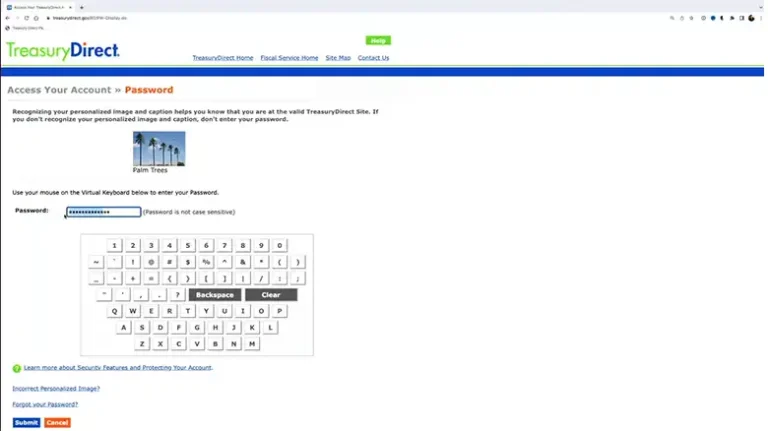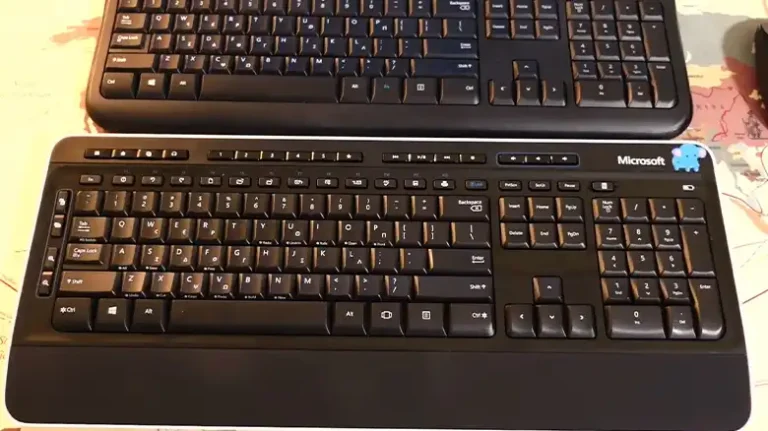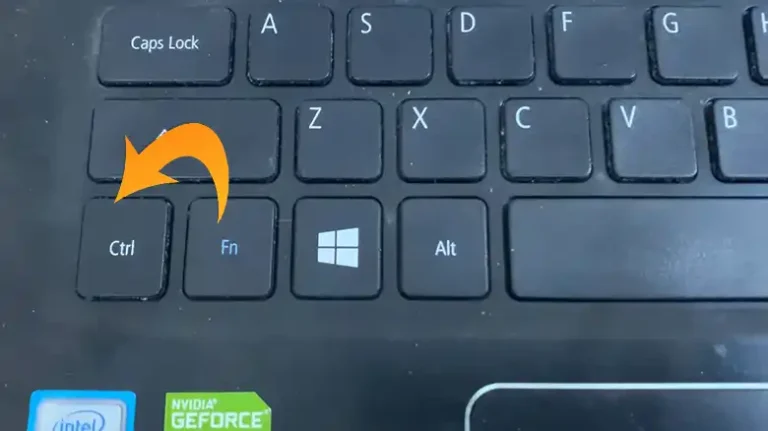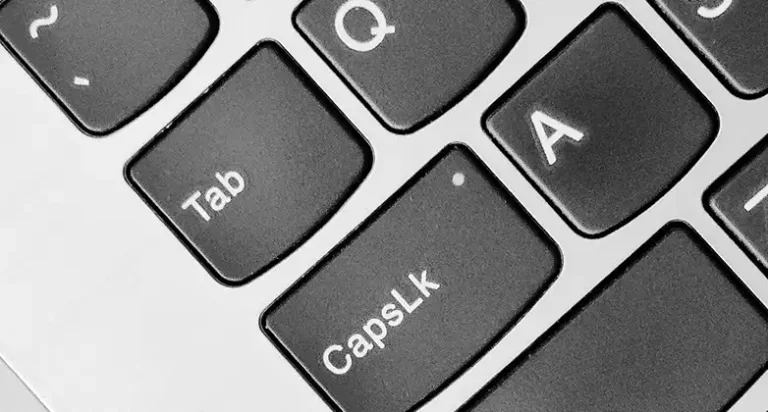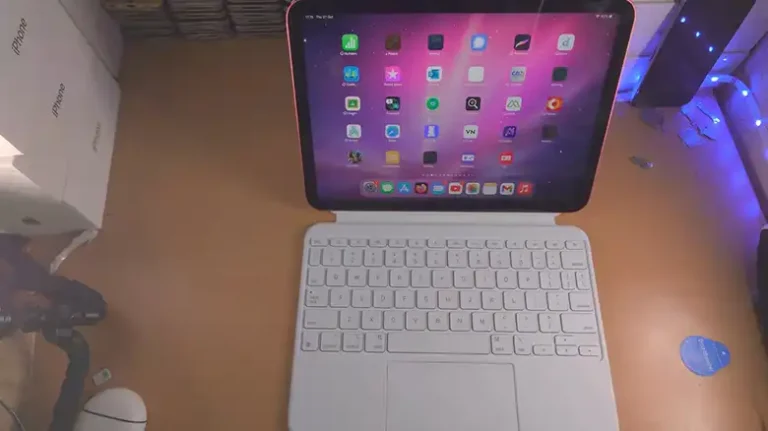[How to Fix] Control Key Stuck on Keyboard
Is your keyboard causing you frustration due to a persistent issue with the control key seemingly stuck? Take a deep breath; you’re not alone. This annoying problem affects many users and can severely disrupt your workflow and productivity.
The root of this problem typically lies in something obstructing the keycap or the activation of the modifier key lock. In this article, we will delve into the causes behind this issue and provide you with effective solutions to resolve it. So, let’s unravel the mystery of why this happens and how you can regain control of your laptop.

Reasons for a Stuck Control Key on a Keyboard
The control key getting stuck on your keyboard can be attributed to various factors, both hardware and software-related. It’s crucial to grasp these causes to effectively address the issue. Here are the potential reasons:
- Accumulated Dust Beneath the Keycap:
Over time, particles can find their way beneath the key, causing it to stick and preventing it from returning to its normal position.
- PCB Board Issues:
Problems with the printed circuit board (PCB) can also lead to a stuck control key.
- Sticky Key Feature or Modifier Lock:
If the sticky key feature is activated or the modifier lock is enabled, it can create the illusion of a stuck control key.
Resolving the Control Key Stuck on Keyboard Issue
Now that we’ve identified the potential causes, let’s explore solutions based on whether the key is physically stuck or not.
Solution 1 – Disable the Sticky Key
If the control key isn’t physically stuck, it means that you’ve likely activated the sticky key feature or locked the modifier key. In this case, you can resolve the issue as follows:
Press and hold down the press the Shift key five times simultaneously. You can also disable it from the settings menu.
Alternatively, you can do it from the OS settings. To do so,
- Press Windows + I and navigate to Settings.
- Go to Ease of Access.

- Scroll down and find the Keyboard section.

- Check whether the Sticky Key is enabled and disable it by toggling the button.

Solution 2 – Clean Beneath the Keycap
If you suspect that debris is causing your keyboard key to not work, you can carefully remove the keycap using a flat tool like a plastic card. This will allow you to clean both the keycap and the area underneath it, which may remove the debris and fix the problem.
To remove the keycap:
- Make sure your keyboard is unplugged.
- Insert the flat tool under the keycap, in between the keycap and the switch stem.
- Gently pry up on the keycap, using the flat tool to lever it off of the switch stem.
- Once the keycap is loose, you can remove it completely.
To clean the keycap and the area underneath it:
- Use a cotton swab or microfiber cloth to clean the keycap. You can use a mild soap and water solution, or a keyboard cleaner if you have one.
- Use a toothpick or cotton swab to clean the area underneath the keycap. Be careful not to damage the switch stem.
- Once the keycap and the area underneath it are clean, dry them thoroughly.
Solution 3 – Replace the Key Cap and Switch (if possible)
If the key cap is broken or fails to provide the required stroke then you will need to change the key cap. Simply make a purchase and get the new keycaps. And then replace the older one with the newer one.
Also, if you find the problem is associated with the key switch then you will need to change the switch. If you are using a membrane keyboard then you will need to solder the keyboard or buy a new one. And if you are using a hot-swappable keyboard, then you can change the key switch just like the keycaps.
Tips for Preventing Future Occurrences
To prevent keyboard-related problems in the future, consider the following measures:
Keep Your Keyboard Clean
Dust and debris can build up on the keys and in the switch mechanisms, causing friction and sticking. Cleaning your keyboard regularly with a keyboard cleaner or a damp cloth will help to remove this debris and keep your keyboard moving smoothly.
Avoid Eating And Drinking Near Your Keyboard
Food and drink can spill onto your keyboard and cause sticky residue to build up on the keys and switches. This residue can attract dust and debris, making the problem worse. If you do spill something on your keyboard, wipe it up immediately with a damp cloth.
Don’t Press Too Hard On The Keys
Pressing too hard on the keys can damage the switch mechanisms and cause them to stick. When typing, use a light touch and avoid slamming the keys down.
Use a Keyboard Lubricant
Keyboard lubricant can help to keep the switch mechanisms moving smoothly and prevent them from sticking. However, it is important to use a lubricant that is specifically designed for keyboards. Do not use WD-40 or other general-purpose lubricants, as these can damage the switch mechanisms.
In Conclusion
A stuck control key on your keyboard can be a vexing experience, but it’s a challenge that can be overcome. Whether it’s a minor software glitch or a more serious hardware issue, there are steps you can take to regain control. Remember to maintain the cleanliness of your laptop and handle it with care to prevent such issues in the future. If you have additional questions or need further assistance, please feel free to leave a comment below. Thank you for reading, and best wishes for a smoothly operating keyboard!
